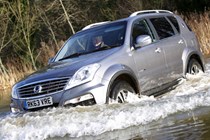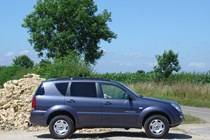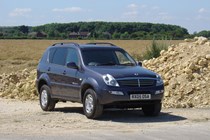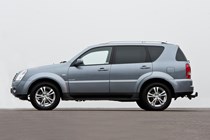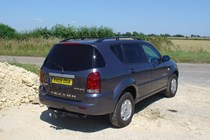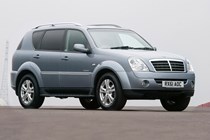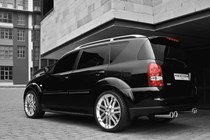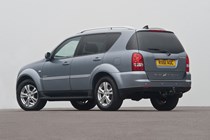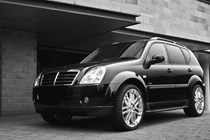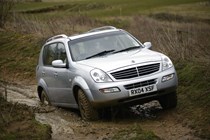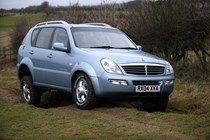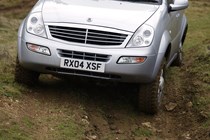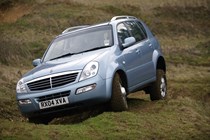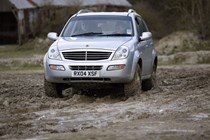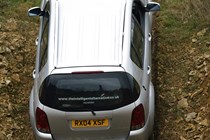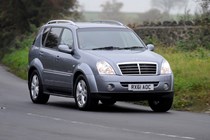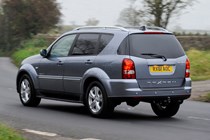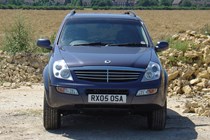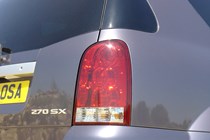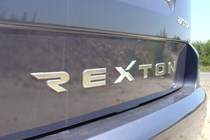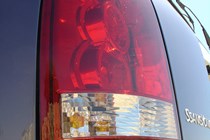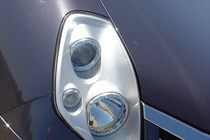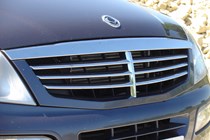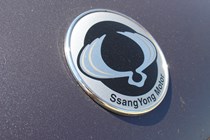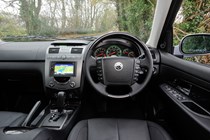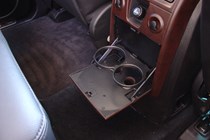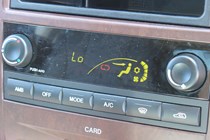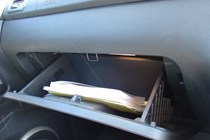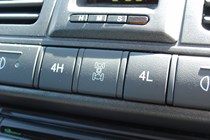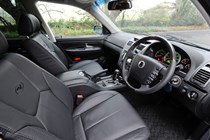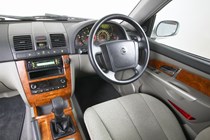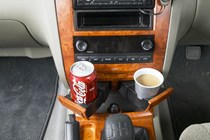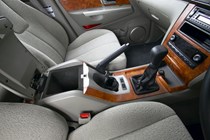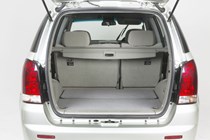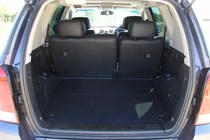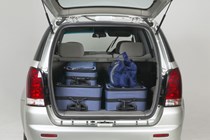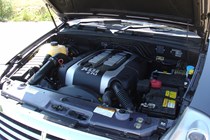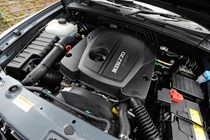
SsangYong Rexton Estate (2003-2013) engines, drive and performance
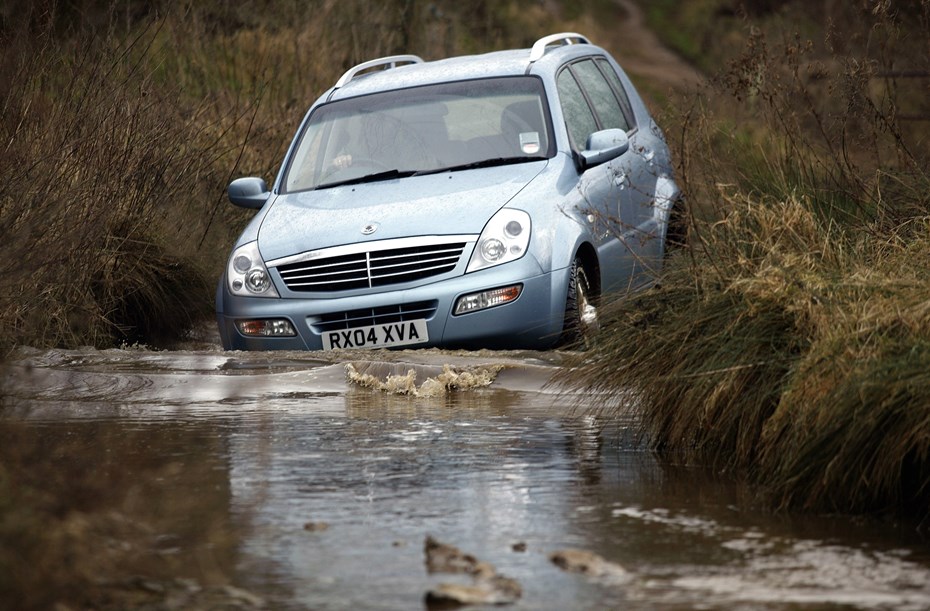
Two engines were offered initially. A 2.9-litre diesel (badged 290) and a 3.2-litre petrol (badged 320). A 2.7-litre five-cylinder modern turbodiesel arrived in mid-2004 available, replacing both previous engines. Fuel consumption of 30.1mpg can’t match that offered by smaller diesel 4x4s like the Honda CR-V, but the engine offers good pulling power. It’s quite noisy when worked to give its best performance and misses the refinement of more modern rivals.
Parkers recommends
There’s only one engine choice in the Rexton and we’d take it with the five-speed automatic for its better performance, even though it uses a little more fuel.
The Rexton is narrower than most large 4x4s, causing it to have a higher centre of gravity. The suspension is set firmer to reduce body roll and results in a harsh ride over bumps. In two-wheel-drive mode (on those with a manual gearbox), it can slip around, but is more sure-footed in four-wheel-drive. The steering is very light, which can be irritating at speed, failing to provide enough feedback to have full confidence in the car.
However it makes manoeuvring easy as does its tight turning circle. The car was revised in 2006 (and the name changed to Rexton II) with alterations to the suspensions. As a result it’s far better in corners and not as unwieldy as before – in fact it’s quite nimble for such a heavy car.


